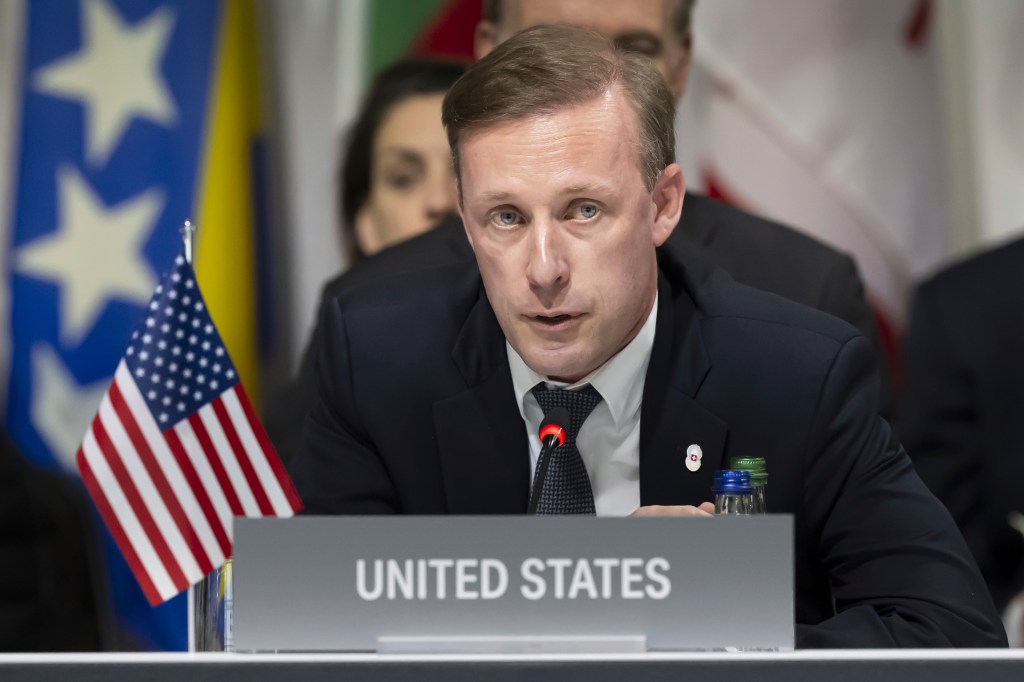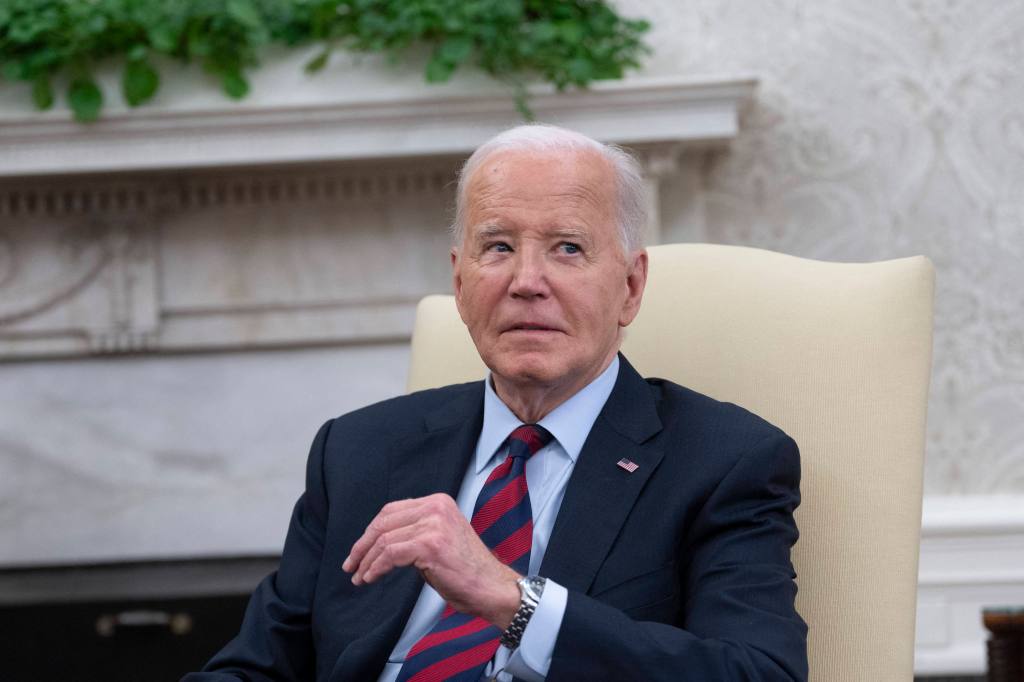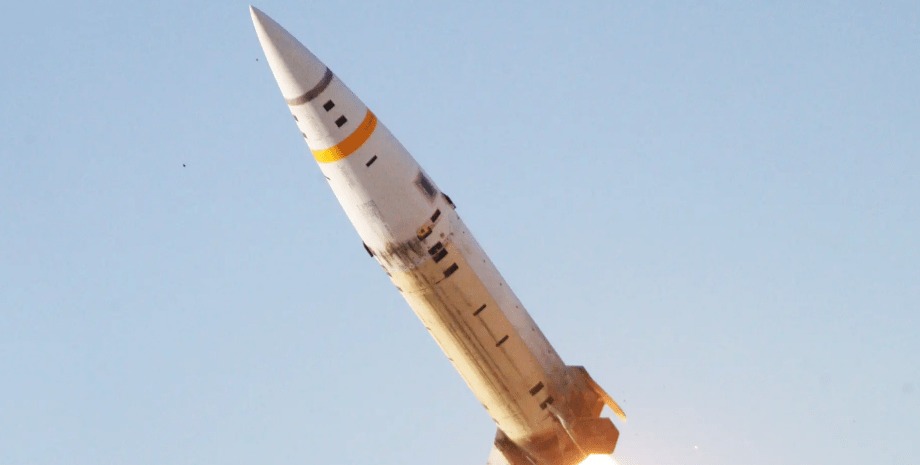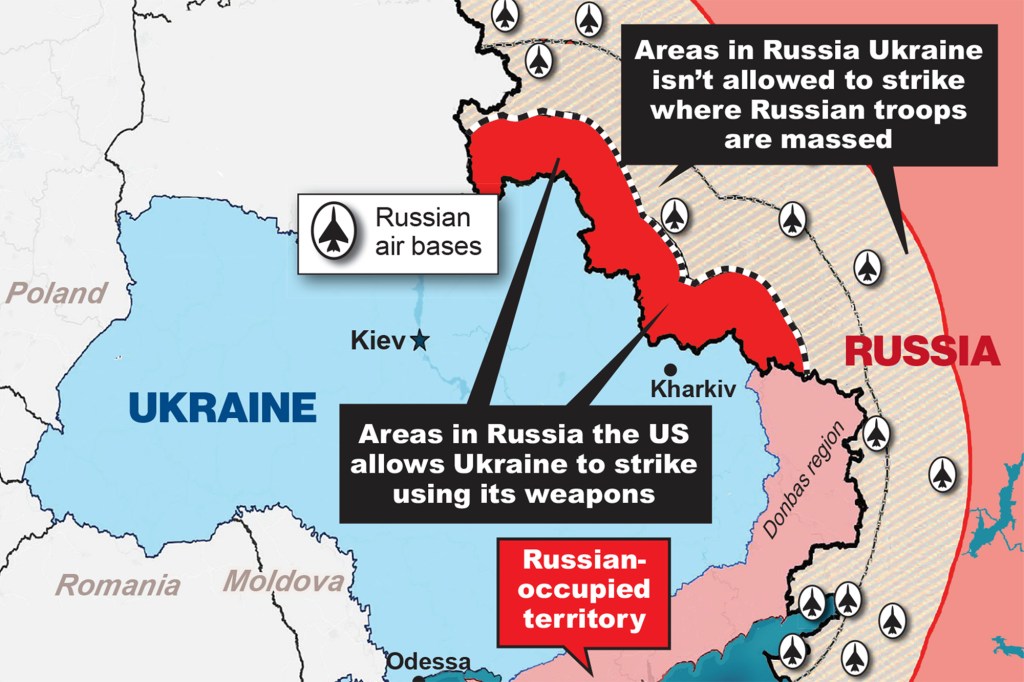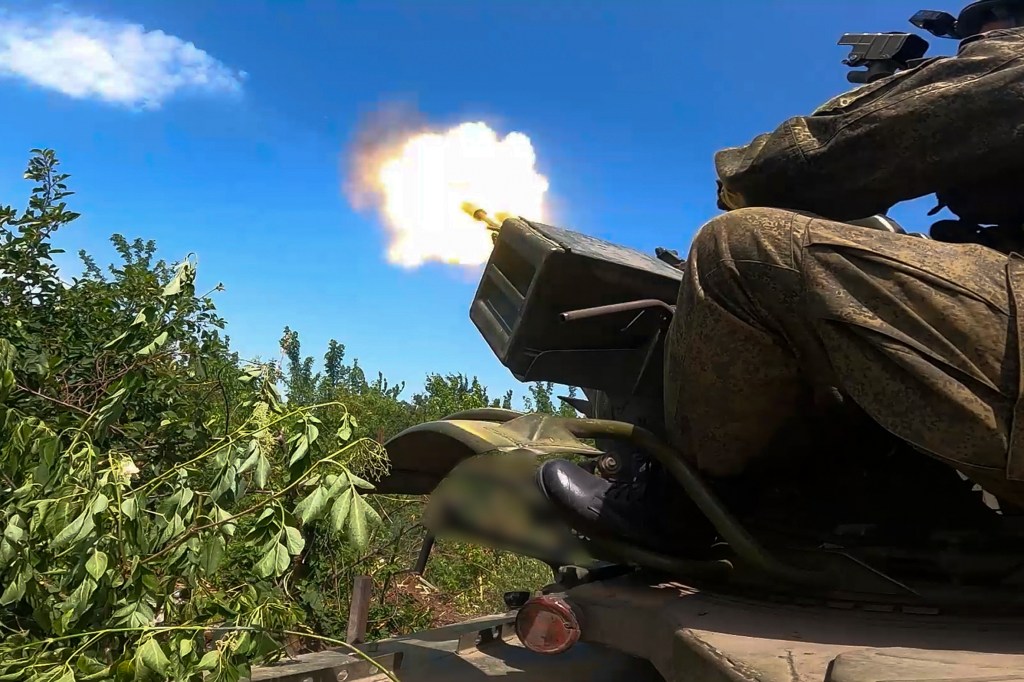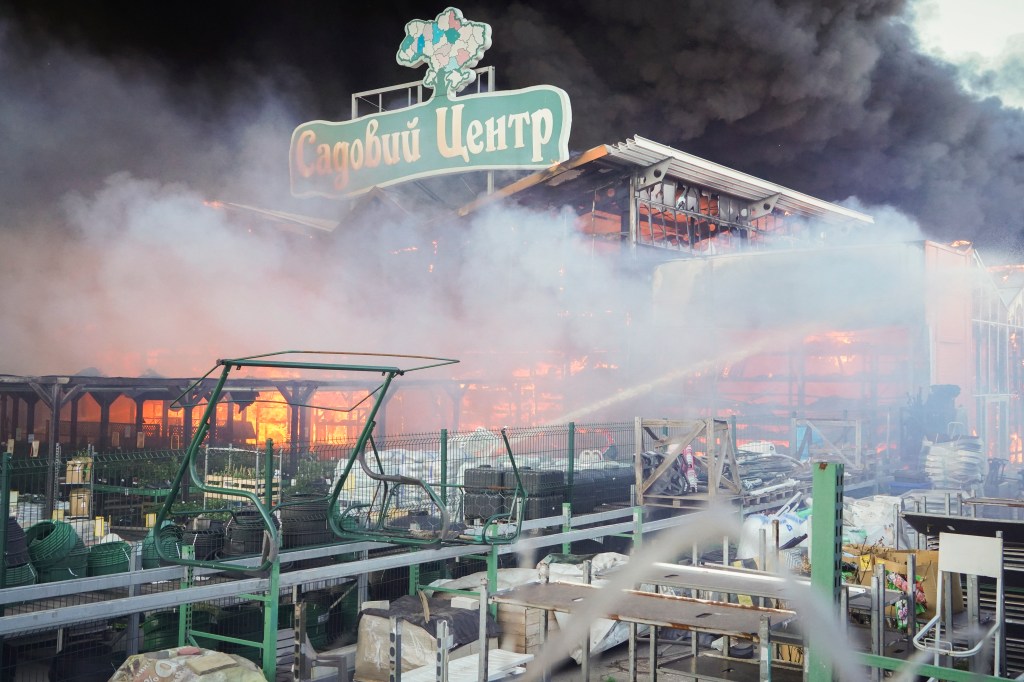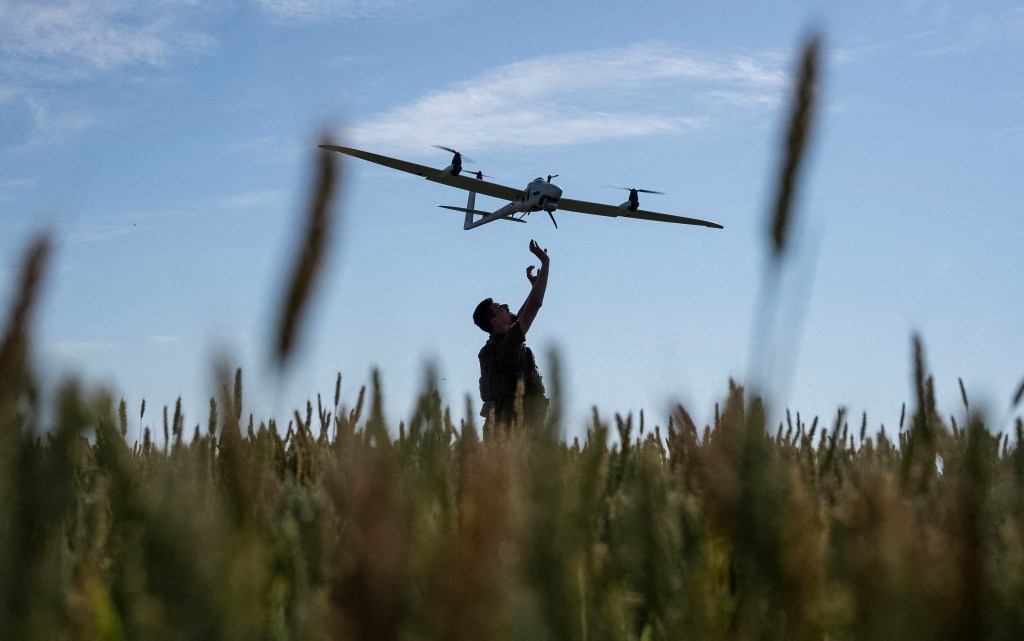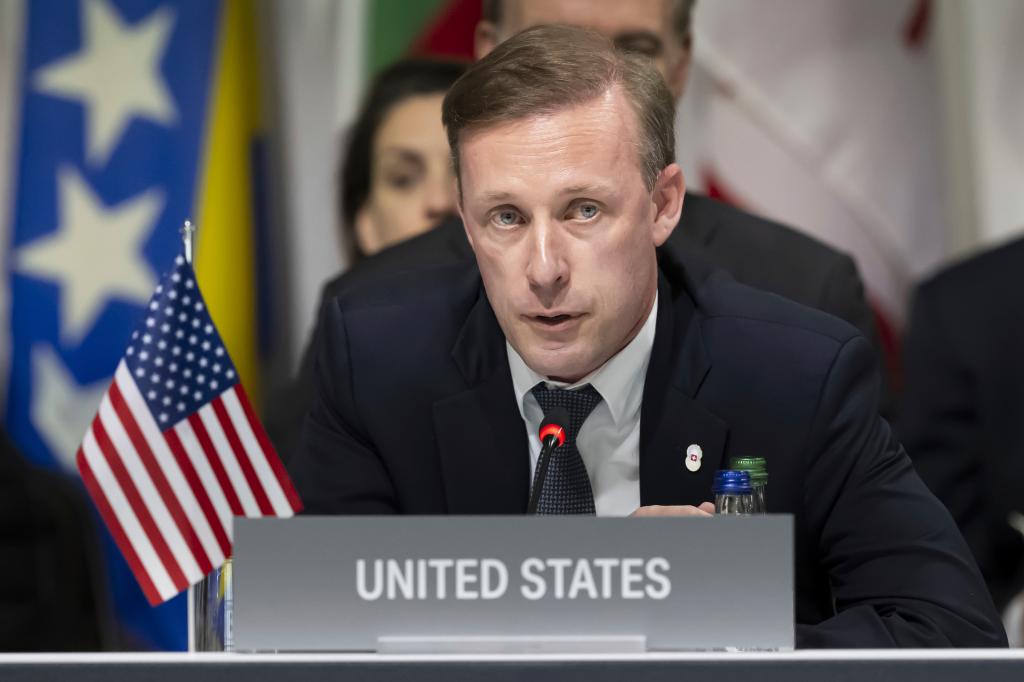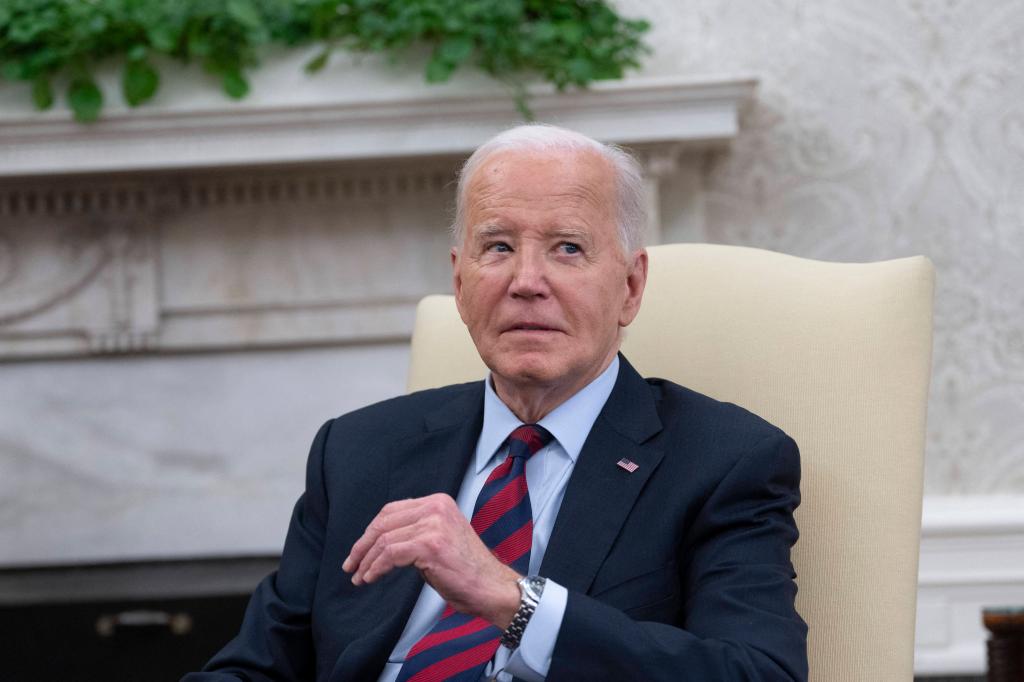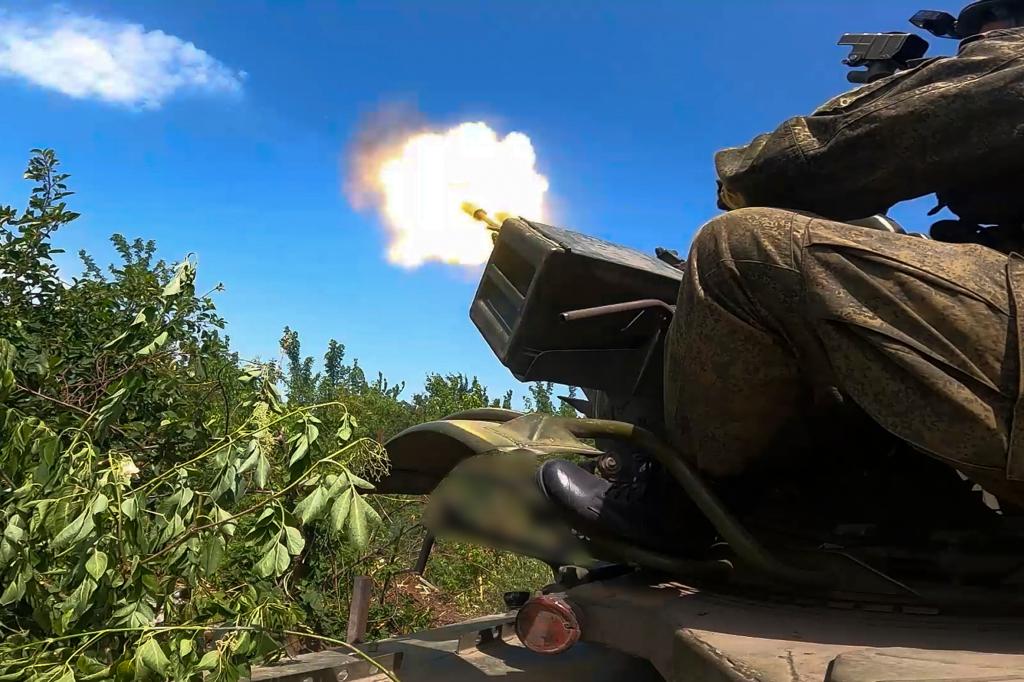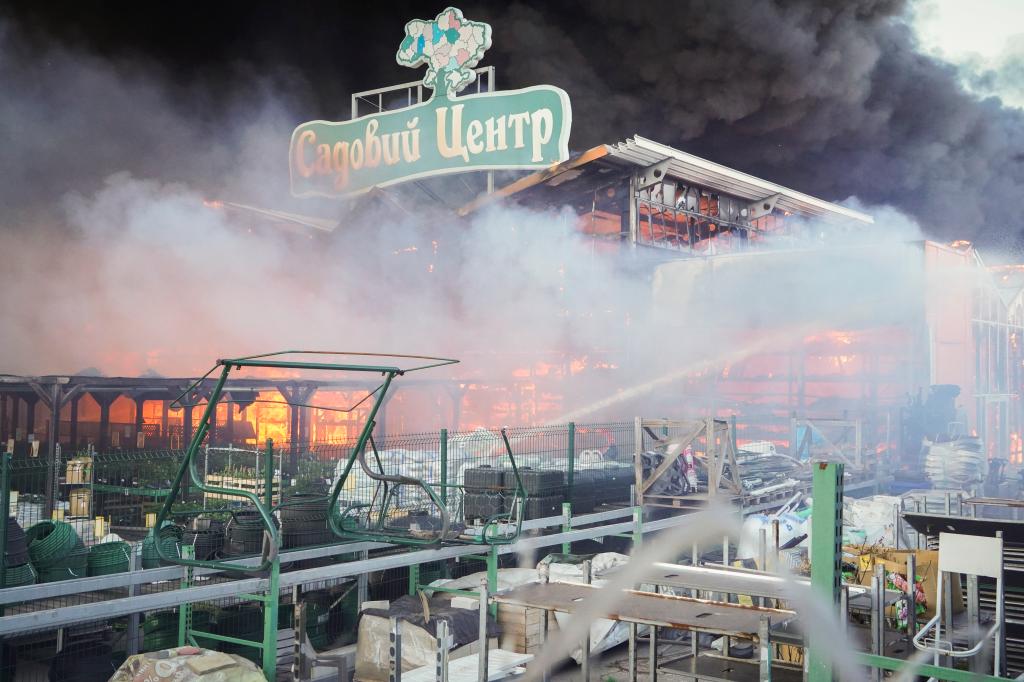How fear of ‘escalation’ has Biden admin handcuffing Ukraine against Russia
WASHINGTON – It seemed like a seismic shift in America’s handling of Ukraine’s resistance to Russia’s invasion: National Security Adviser Jake Sullivan announced the Biden administration was relaxing its restrictions on Kyiv’s use of weapons on Kremlin territory.
But critics say the change didn’t go nearly far enough — and rather than the US boldly confronting Vladimir Putin, this week’s declaration is another example of the Biden White House restraining Ukraine for fear of “escalating tensions.”
Sullivan said that Kyiv may now strike “anywhere that Russian forces are coming across the border from the Russian side to the Ukrainian side to try to take additional Ukrainian territory” — instead of only around the northeastern city of Kharkiv, about 18 miles from the Russian border.
“This is not about geography; it’s about common sense,” Sullivan told PBS Tuesday. “If Russia is attacking or about to attack from its territory into Ukraine, it only makes sense to allow Ukraine to hit back against the forces that are hitting it from across the border.”
Dalibor Rohac, a senior fellow at the American Enterprise Institute, told The Post Friday the change was “just another iteration of this never-ending sort of eternal bargaining in the administration where we never set red lines for Putin.
“We only set red lines for ourselves, and then we gradually relax those red lines,” Rohac said. “It’s a terrible way of doing policy.”
President’s hesitance
When it comes to Ukraine, the White House has shown a distinct lack of urgency, frequently hesitating when asked to send advanced weapons or make meaningful policy changes.
It took 11 months for Biden to allow the Pentagon to send critical Abrams M1 tanks, a year and a half for him to allow nations to donate US-made F-16 fighter jets and more than two years to send Ukraine ATACMS – pronounced “attack ’ems” – long-range missile systems.
In the latest example, the newly extended firing policy still bans the use of ATACMS – with their range of roughly 186 miles — on targets in Russia, according to the Pentagon.
By contrast, the weapons that Ukraine is allowed to shoot at enemy territory have a far shorter reach — such as the Javelin anti-tank missile system with its 2.5-mile range.
Also, the OK to fire on Russian territory applies only to hitting targets that are actively firing or coming across the Ukraine border.
That’s a problem, Rohac said, because it stops Kyiv from aiming for strategic targets that support Russia’s forces — such as weapons facilities and oil refineries — but are not directly involved in combat.
The restrictions hinder Ukraine’s ability to disrupt Russia’s supply lines – which senior officials up to and including Defense Secretary Lloyd Austin have said is key to Kyiv winning the war.
In fact, according to an estimate by the Institute for the Study of War, Ukraine only has the go-ahead to strike a maximum of 16% of Russian military targets within ATACMS range of the border.
Among the potential targets in the forbidden zone: 16 major Russian military air bases providing support to Putin’s war to control the sky over Ukraine.
“Asking Ukrainians to defend themselves while not being able to strike against Russian logistics lines, oil refineries and all kinds of perfectly legitimate military targets inside of Russia means that they can’t really wage the war properly,” Rohac said. “They have their hands tied behind their backs.”
‘No change‘
Contrary to Sullivan’s statement this week, other senior US officials say the earlier policy allowing Ukraine to strike into Russia only around the Kharkiv region has not changed.
“So there has been no change in the policy. And really, at the end of the day, this comes down to counter-fire, right?” Pentagon spokesman Brig. Gen. Pat Ryder said Thursday. “What you saw in the Kharkiv region is Russia was conducting its offensive, massing forces, artillery fire and preparatory fire into Ukraine as they conducted these operations.
“The ability to be able to fire back when fired upon is really what this policy is focused on,” he added.
Ryder later walked back Sullivan’s statement even further.
“What you see is Russian forces attempting to use their border as a safe zone from which to conduct preparatory fires and attacks into Ukraine in support of offensive actions,” the spokesman said. “And so, again, as we see those forces conducting those types of operations from across the border … Ukraine can and does have the right to fire back to defend themselves.”
However, Austin referenced the policy only applying to “the Kharkiv region” as recently as last week, and National Security Council spokesman John Kirby has spoken openly about Washington’s hesitance to allow Kyiv to fire into Russia.
Same old story
“We’ve gone through this so many times, [from] the initial decisions over whether we can give them HIMARS [rocket systems in 2022] because … it’ll be too ‘escalatory,'” Rohac said. “Every time we set the arbitrary red line, then Ukrainians can’t really fight properly and so then we relax it.”
“I would like to know what those geniuses in the administration are thinking,” he added. “I think by now we should have sort of learned our lesson, but we still are not learning that lesson there.”
“I think they should just say, ‘we defer to the Ukrainians,'” he said. “At the highest level, that has been the sort of official line, but in practice, we don’t really allow the Ukrainians to make these judgment calls themselves – and that is making the situation worse.”
But Wes Rumbaugh, a fellow with the Center for Strategic and International Studies’ Missile Defense Project, said it is “natural for the United States and Ukraine to have differing levels of risk tolerance on the issue of escalation.”
“The conflict has been existential for Ukraine from day one, while the United States must manage the conflict as one of its broader set of national security challenges,” he said. “Washington’s caution about escalation is understandable from this point of view.”
Rumbaugh also said Biden’s tempered approach may have been necessary, at least at the start of the war.
“A less restrictive policy at the outset may have created problems in both rallying European partners,” he said, “and also in holding together domestic political support for supplying Ukraine with arms to defend itself.”








